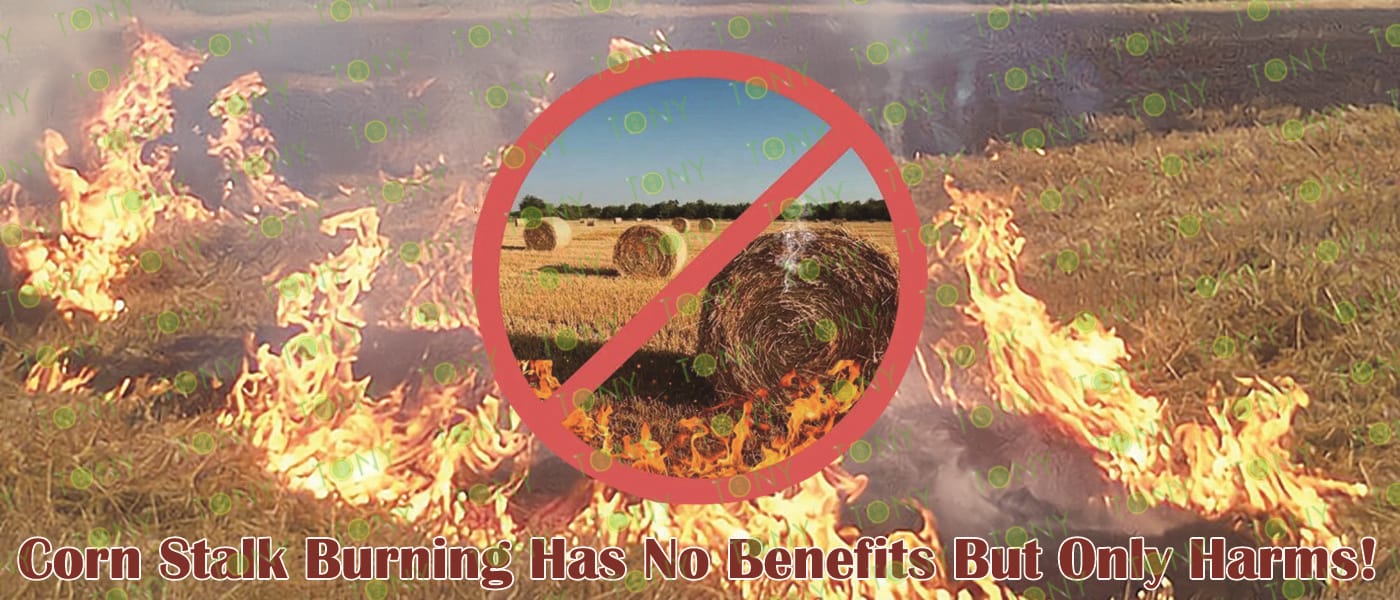Unlike urban garbage, in addition to daily domestic garbage, "garbage" in rural areas also includes agricultural and forestry waste such as branches, straw, cow dung. These two different types of "garbage" belong to the rural domestic waste treatment industry and the biomass energy utilization industry respectively. As part of the rural energy revolution, the energy utilization of agricultural and forestry waste is also gradually developing. How much do you know how to use agricultural and forestry waste?
Resources such as waste timber, crop straw, livestock and poultry manure, forestry waste, etc. are sufficient, and they have the resource advantages of developing the energy utilization of agricultural and forestry waste. Use a biomass pellet machine to process waste such as straw into particles and put it in a special biomass furnace. It will not pollute the environment, reduce expenses, and be simple to operate and have a high safety factor, which is easy to accept by the public.

The biomass pellet machine uses agricultural and forestry waste as raw materials to produce biomass pellet fuel, which not only solves the rural pollution problems such as the random stacking of agricultural and forestry waste and the difficulty in handling large-scale aquaculture, but also helps to achieve clean heating in rural biomass. While reducing heating costs, it has good ecological and social benefits.
The comprehensive utilization of agricultural and forestry waste is an important way to promote circular economy, rural industrial upgrading and ecological environment protection. The utilization of agricultural and forestry waste has shifted from a single "pollution treatment" to "value creation". In the future, through technological innovation and model upgrades, it is expected to form a win-win circular economy industrial system of "ecological benefits + economic benefits + social benefits".





















